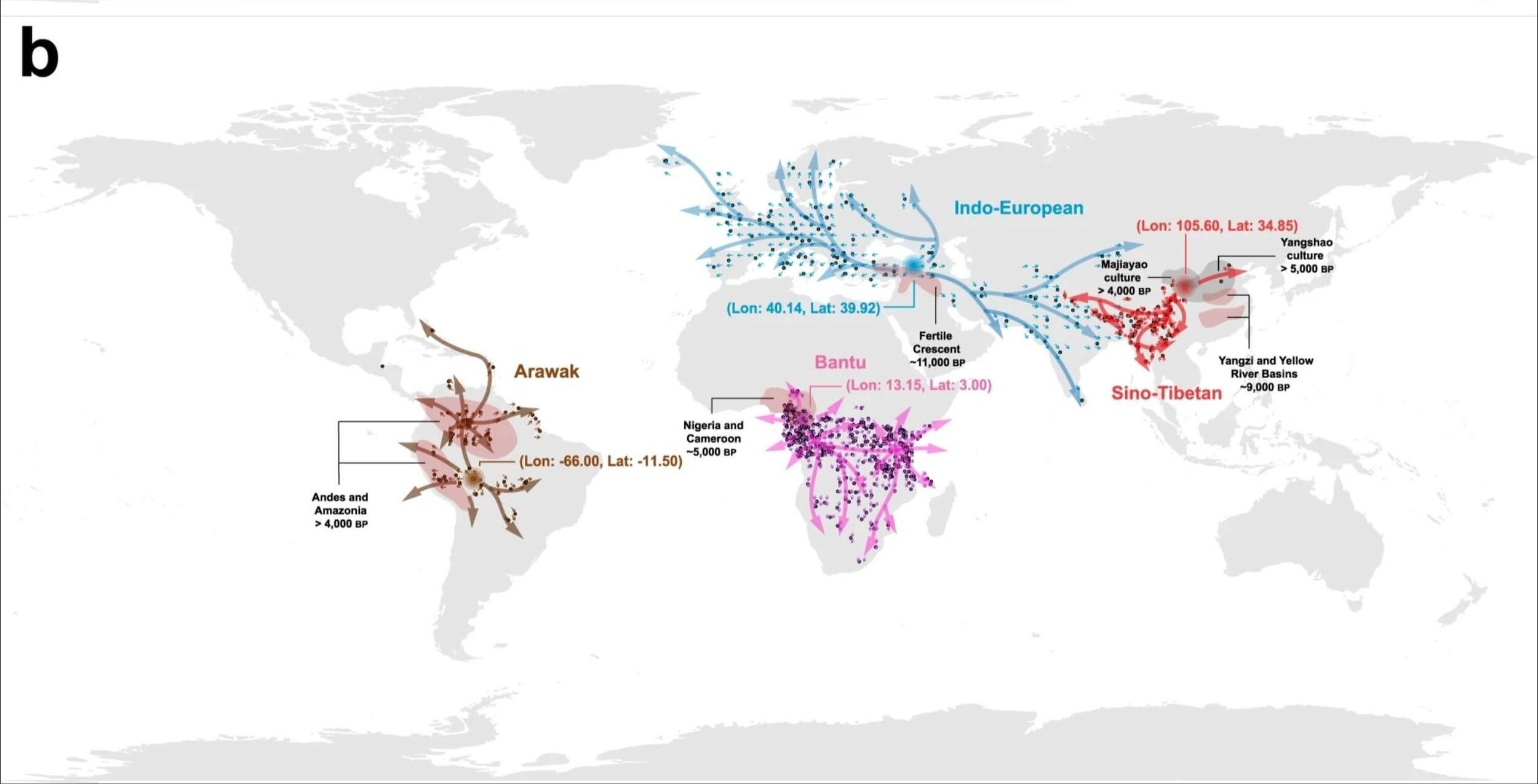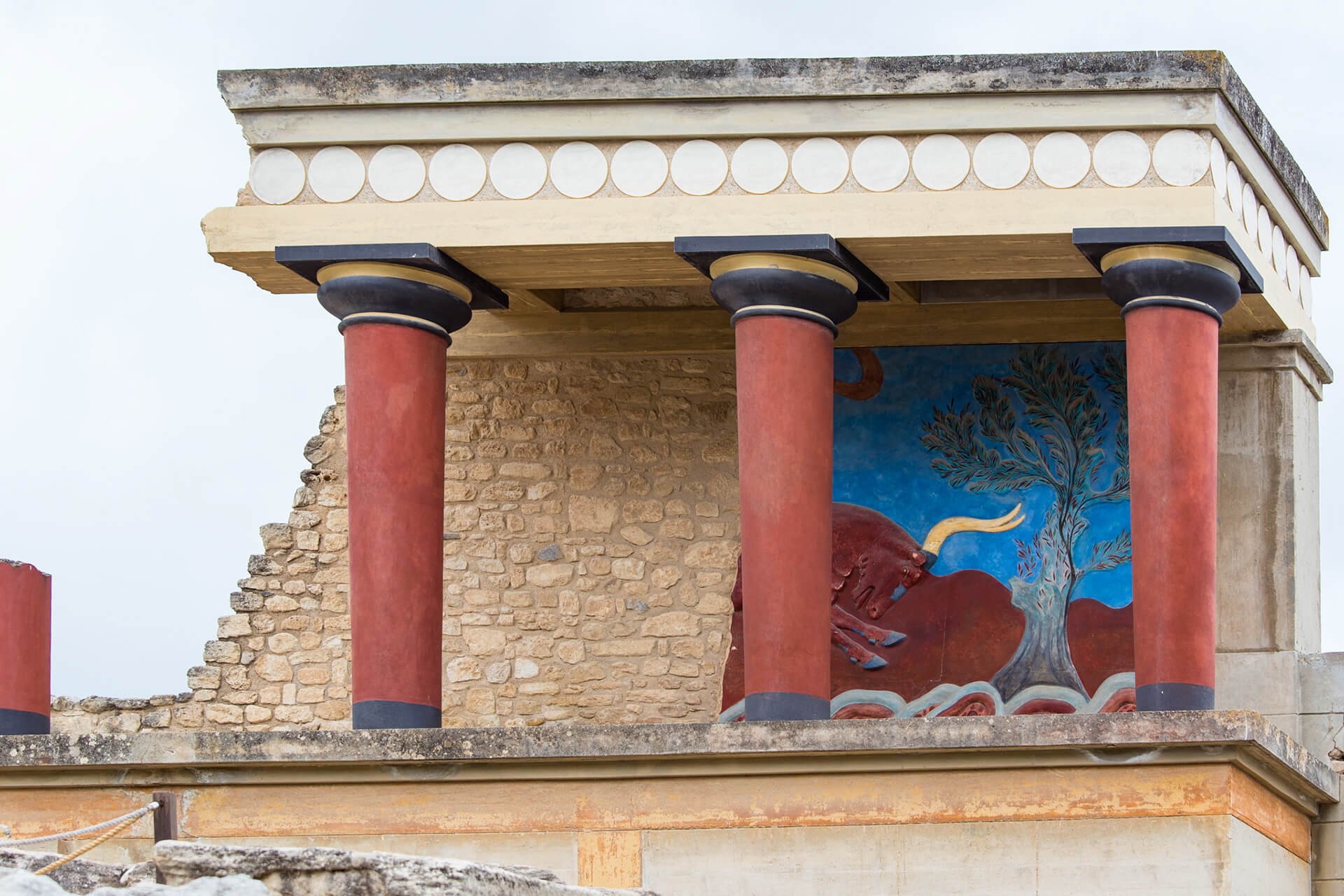Priceless archaeological treasures on two plots in Knossos. The archaeological dig has revealed findings that reassess and increase the value of the Minoan Palace. "They shed light on aspects of Cretan civilization", reports the excavation manager
An important donation is underway for the municipality of Heraklion, as extremely important antiquities have been found in two plots of land in Knossos with findings from the religious center of Knossos and the excavator of the former Director of the Archaeological Museum of Heraklion, Ms. Athanasia Kanta.
Mrs. Athanasia Kanta, Honorary Director of Antiquities of the Regional Unit of Heraklion, states that the timeliness of the findings starting from 2,000 BC is of great interest, and they reach up to the Christian times, going through the Minoan and Mycenaean times, the early Iron Age, the Archaic, the Classical, and Hellenistic times, as well as the Roman and early Christian years.
“We have located the religious center of the ancient city of Knossos. The finds date back many centuries to attested religious use. It is extremely rare to find timelessness in the same place and over such a long time span. Timelessness passes through the memory of the sanctity of space and through the sequence of cultures succeeding each other,” she points out.
“They illuminate aspects of the Cretan culture.”
In her letter to the municipality of Heraklion, Mrs. Athanasia notes that in the modern settlement of Knossos Bougada Metohi, in an excavation that she conducted from 2011 to 2017, with funding from the Institute of Aegean Prehistory, the religious center of the ancient city of Knossos was unearthed, with a unique to this day duration of worship since 1800 BC. until at least 3 AD. These are two parcels of land where unique finds from all eras were found that illuminate aspects of Cretan culture.
Findings from 1,700-1,500 BC are characteristically mentioned, such as the elephantine scepter of religious-ritual use, recorded on all sides with inscriptions of the Linear Script Α. This is the largest linear A inscription found to date. Also found was the opening of a room containing precious materials in small bars: gold, silver, amethyst, lapis lazuli beads of a talent of copper, and double pelecei of gold, silver, and copper. A big surprise was the finding of a double iron blade.










































